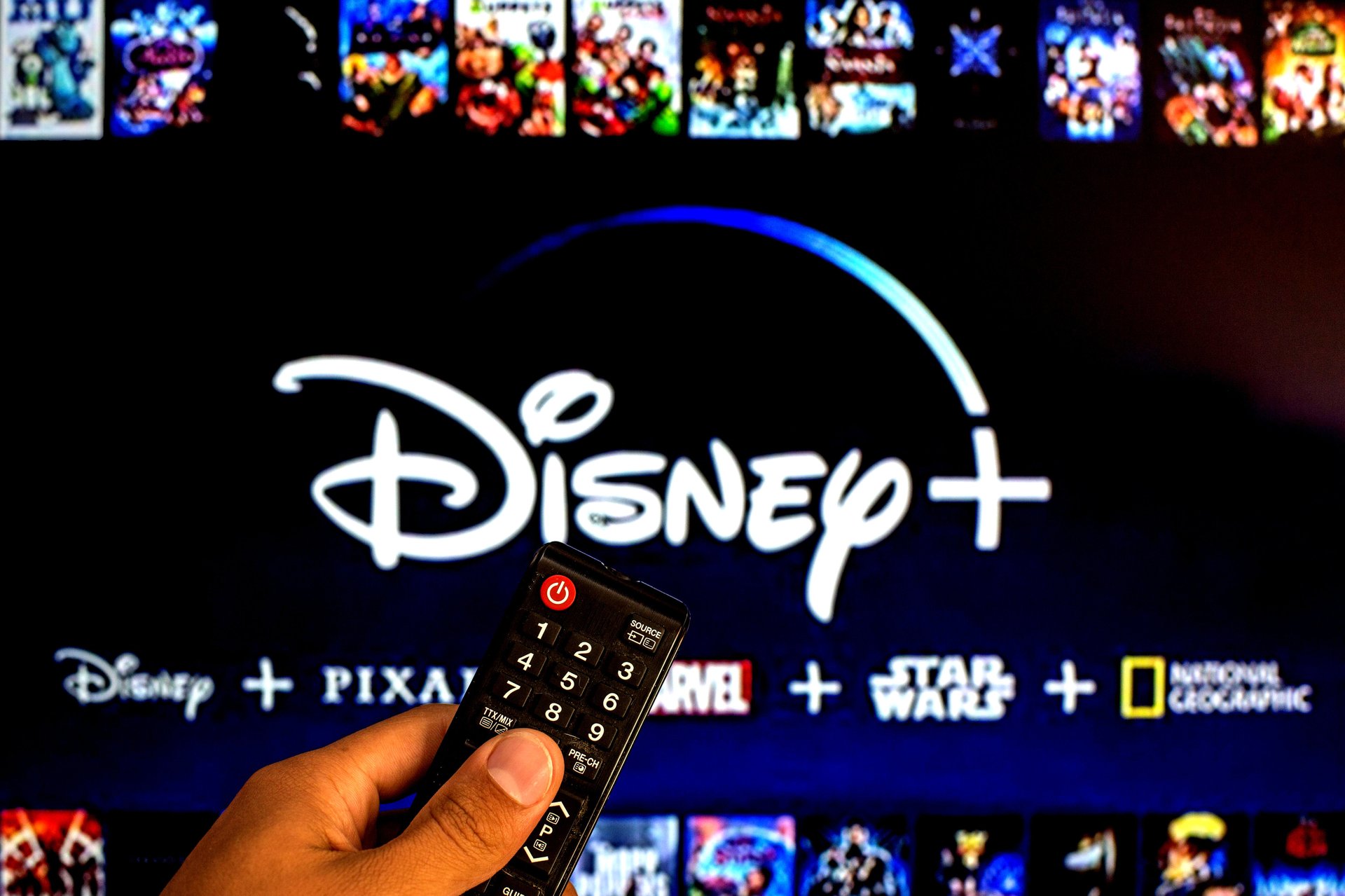Disney and Warner Bros. Discovery could overtake Netflix. Here’s how
Disney and Warner Bros. Discovery's streaming bundle is doing a better job than Netflix at keeping subscribers

Disney (DIS) and Warner Bros. Discovery (WBD) (WBD) teamed up last year with a new bundle that combines their streaming platforms under one monthly subscription plan. The move was meant to help boost subscriptions and reduce churn, a major problem for video streaming services.
Suggested Reading
So far, the partnership seems to be paying off.
Related Content
About 80% of subscribers who signed up for the bundle between July — when it launched — and September were still paying three months later, The Wall Street Journal reported, citing data from the streaming analytics firm Antenna. Disney and WBD’s bundle held on to more customers than any of the individual services on their own. It also retained more subscribers than Disney’s other bundles, like the Duo (Disney+ and Hulu) and the Trio (Disney+, Hulu, and ESPN+).
Overall, the bundle performed better than Netflix (NFLX) in keeping members subscribed. About 74% of people who subscribed to Netflix in the same period remained three months later.
The bundle, which includes Disney+, Hulu, and Max, starts at $16.99 per month for the ad-supported tier. Customers who are looking to skip ads can get the bundle for $29.99 a month.
For comparison, signing up for the ad-supported plan of each service individually costs $29.97 a month. In this case, the bundle saves customers 43%, or $12.98. Individual non-ad plans for the three services comes to $51.97. The bundle would save these customers $21.98, or 42% a month.
By the end of the 2024, the bundle had attracted about 2.2 million paying subscribers, according to Antenna’s data.
Streaming services have struggled to keep subscribers in recent years. Industry trends — crackdowns on password sharing, price hikes, and additional advertising — have turned off consumers and led to a rise in visits to piracy websites.
Over the past four years, the average monthly churn rate for U.S. streamers has nearly tripled to 5.5%, according to Antenna. In 2023, streamers gained 164.7 million new subscriptions — but also saw 140 million cancellations, leaving a net gain of just 24.2 million. Growth is also slowing. Subscription increases dropped to 10.1% year-over-year in 2023, down from 21.6% in 2022.
As a result, streamers are shifting their focus from subscriber growth to retention and user engagement. Netflix and streamers have even announced they will stop reporting subscriber numbers quarterly.
For its part, Netflix says it doesn’t plan on bundling with its competitors anytime soon.
Netflix co-CEO Ted Sarandos told investors in October that a lot of the company’s competitors are using bundles to “find growth in their businesses.” He added that this made sense and was a “comfortable” business model for legacy media companies, given “the narrow scope of the libraries on these services and the fairly limited engagement.”
Instead, he said, Netflix is focused on adding more value to its own package, which he characterized as “amazing series and films and now games at a remarkably low price all in one place.”